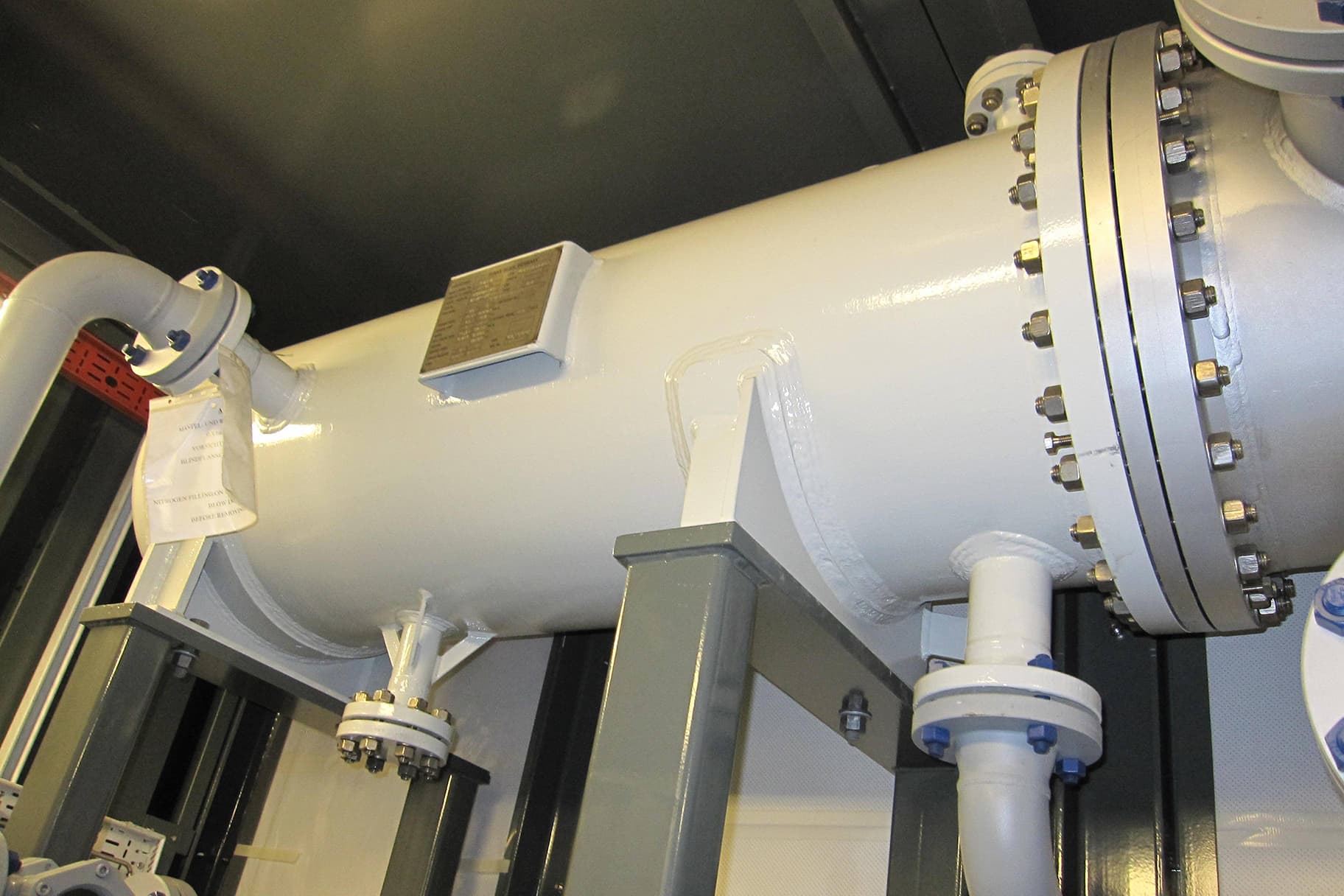HDPE pipe welding machines play a crucial role in various industries for connecting high-density polyethylene (HDPE) pipes. These machines ensure reliable, tight connections between pipes, which makes them a crucial component in water supply systems, gas lines, and sewage networks.
Several types of HDPE pipe welding machines, each catering to specific needs. Butt fusion welding machines are widely used, which weld pipes end-to-end with heat and pressure to form a seamless connection. This method is highly reliable, particularly for larger pipes. Electrofusion welders utilize embedded heating elements in pipe fittings, activated electrically, melt to join the pipes. These machines are typically used for smaller diameters or for repair work. Socket fusion welders, meanwhile, utilize a socket-shaped heater to weld pipes and fittings by melting their outer layers and pressing them together.
Key Features: HDPE pipe welding machines often include controls for temperature, pressure gauges, and timers to maintain accuracy. Some machines also feature automatic alignment systems to ensure that visit the up coming document pipes are perfectly positioned before welding begins. Portability is crucial, especially for projects in remote areas. Compact and lightweight designs make transportation and operation easier.
Uses: HDPE pipes are widely used in infrastructure projects, and dependable welding equipment is essential for long-lasting connections. Applications include water supply systems, irrigation, gas transport, and drainage systems. With growing environmental concerns, HDPE pipes and their welding systems are favored for their durability, corrosion resistance, and eco-friendliness.
In summary, HDPE pipe welding machines play a key role in ensuring the strength and longevity of pipe connections across various industries. Their versatility and effectiveness make them indispensable tools in modern pipeline construction.
